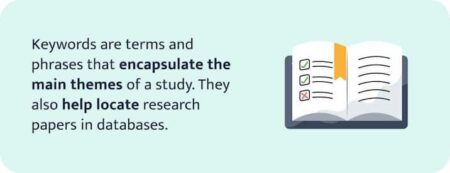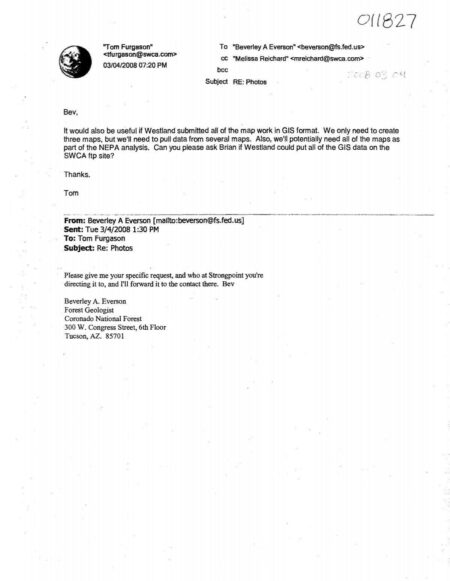In a rapidly evolving job market increasingly influenced by technological advancements, artificial intelligence (AI) is emerging as a double-edged sword for wages. While some experts predict that AI could drive wage increases by enhancing productivity and creating new job opportunities, others caution that the very same technology may ultimately destabilize earnings and lead to significant job displacement. In a recent discussion highlighted in an article by Business Insider Africa, professors weigh in on the complex interplay between AI advancements and labor economics, suggesting that the future of work may be characterized by both escalating pay and profound challenges. As companies adopt AI tools to optimize operations, understanding the potential wage fluctuations becomes crucial for workers, employers, and policymakers alike. This article explores the key arguments surrounding AI’s impact on compensation and the precarious balance between opportunity and risk in an increasingly automated workforce.
AI’s Wage Boost: Short-Term Gains and Long-Term Challenges
The introduction of artificial intelligence into the workforce is expected to bring immediate financial benefits to certain sectors. Many experts argue that as companies adopt AI technologies to enhance productivity, wages may see a temporary uptick. Industries that heavily rely on routine tasks, such as manufacturing or customer service, might witness an influx of capital which could lead to higher pay. In the short term, this surge can enhance job security and provide workers with a sense of optimism, as businesses compete for talent amid a technological transition.
However, the optimistic outlook may not last. The same technologies that boost productivity can also lead to significant long-term challenges for employees. As AI systems become capable of performing more complex tasks, the threat of automation looms large, potentially displacing workers in various fields. This shift could result in a precarious job market characterized by shrinking job opportunities and wage stagnation. Moreover, the divide between high-skilled and low-skilled workers is likely to widen, exacerbating economic inequality. Such dynamics suggest that while initial wage boosts may be enticing, the ripple effects of AI integration could lead to a substantial workforce realignment that benefits only a fraction of employees.
Understanding the Impact of Automation on Employment Trends
The rise of automation, particularly with advancements in artificial intelligence (AI), is reshaping the landscape of employment across various sectors. According to recent studies, while AI has the potential to elevate wages in certain job categories by increasing productivity and creating new opportunities, it also poses a significant risk of wage suppression in the long run. This paradox stems from the fact that as machines take over more tasks, the demand for human labor can diminish, leading to a contraction in job availability and an oversupply of workers in many fields. This duality suggests that the workforce must adapt rapidly to evolving technologies, ensuring that skills remain relevant and competitive.
Experts caution that certain groups may bear the brunt of automation’s effects, particularly those in lower wage occupations. The following impacts are anticipated as AI becomes further integrated into workplaces:
- Job Displacement: Roles that involve repetitive tasks are more susceptible to being replaced by automated systems.
- Skill Gap: Workers may need retraining to take on more advanced positions that require human creativity and problem-solving abilities.
- Sectoral Shifts: Growth is expected in tech-driven industries, while traditional sectors may experience declines.
To provide a clearer picture, the table below summarizes projected employment changes over the next decade as influenced by automation:
| Sector | Projected Job Growth | Projected Job Decline |
|---|---|---|
| Healthcare | +15% | -2% |
| Manufacturing | +5% | -20% |
| Technology | +30% | -5% |
| Retail | +2% | -15% |
Strategies for Workforce Adaptation in an AI-Driven Economy
As the integration of artificial intelligence continues to escalate across various sectors, businesses must develop adaptive strategies to navigate the evolving landscape. Emphasizing reskilling and upskilling programs will be essential in preparing the workforce for new roles that AI technology may generate. Organizations should consider implementing the following strategies:
- Collaborative Training Initiatives: Partner with educational institutions to create tailored training programs focused on AI literacy and advanced tech skills.
- Flexible Learning Paths: Encourage lifelong learning through online courses and workshops, allowing employees to adapt at their own pace.
- Cross-Functional Skill Development: Foster an environment where employees can gain skills across different departments, enhancing their versatility and marketability.
Moreover, to smoothen the transition for workers displaced by AI advancements, companies should prioritize job transition support. This includes offering career counseling and establishing mentorship programs that can provide guidance in navigating a rapidly changing job market. A comprehensive approach may involve:
- Job Placement Services: Connecting impacted employees with recruitment agencies specializing in tech-driven roles.
- Community Engagement: Collaborating with local governments and non-profits to create support networks for displaced workers.
- Financial Literacy Programs: Offering workshops that help workers understand and manage potential shifts in income.
The Conclusion
In conclusion, the ongoing discourse surrounding the impact of artificial intelligence on wages reflects a complex and dual-edged reality. As researchers warn, while AI has the potential to drive wage increases in the short term by enhancing productivity and creating new job opportunities, there remains significant concern over its long-term effects, including job displacement and wage stagnation in various sectors. The insights from leading professors underscore the necessity for policymakers, businesses, and workers to navigate this transformative landscape with caution and foresight. Monitoring the evolving relationship between AI advancements and labor markets will be crucial in ensuring that the benefits of technological progress are shared equitably, rather than exacerbating existing inequalities. As we move forward, the dialogue around AI’s role in shaping the future of work must remain at the forefront of economic discussions.







